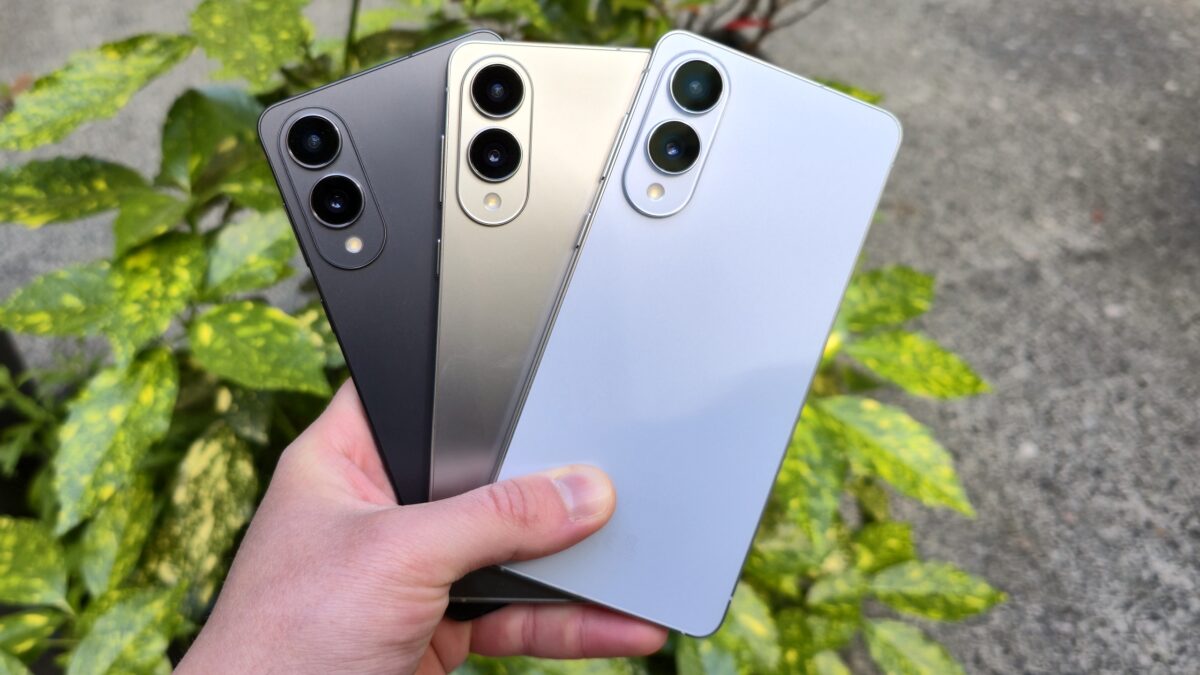Samsung is reportedly preparing a bold shift in its flagship smartphone strategy for 2026. According to multiple reports, the company may equip its upcoming Galaxy S26 Pro and Galaxy S26 Edge models with its in-house Exynos 2600 chipset, moving away from Qualcomm’s Snapdragon processors that have dominated its premium lineup in recent years.
This decision isn’t just about performance—it’s about cost control, supply chain independence, and a renewed confidence in Samsung’s semiconductor capabilities. Let’s unpack what this move means for consumers, competitors, and the future of Samsung’s mobile division.
The Background: Qualcomm’s Reign and Rising Costs
For years, Samsung has relied heavily on Qualcomm’s Snapdragon chips for its flagship Galaxy S series. The Galaxy S25 lineup, including the Ultra, Pro, and Edge, all ran on the Snapdragon 8 Elite SoC, manufactured by TSMC. While these chips delivered top-tier performance, they came at a steep price.
In the first half of 2025, Samsung’s chip procurement costs for its Device Experience (DX) division surged by 29.2%, reaching KRW 7.78 trillion (roughly ₹48,700 lakh crore). A significant portion of this increase was attributed to the rising cost of mobile application processors, which jumped from 17.1% to 19.9% of total raw material purchases.
With TSMC reportedly hiking prices for its 3nm chips, Samsung found itself facing mounting pressure to reduce dependency on external suppliers.
Enter the Exynos 2600: Built on 2nm, Designed for Flagships
Samsung’s answer is the Exynos 2600, a next-generation mobile processor built on the company’s 2nm fabrication process. While the chip hasn’t been officially announced, internal testing has reportedly demonstrated yield stability and performance improvements, thanks in part to Samsung’s recent chip manufacturing partnership with Tesla.
The Exynos 2600 is expected to feature:
- A 10-core CPU architecture
- Enhanced power efficiency
- Advanced AI acceleration
- Support for LPDDR5X RAM and UFS 4.0 storage
If successful, this chip could rival Qualcomm’s upcoming Snapdragon 8 Elite 2, which is still expected to power the Galaxy S26 Ultra.
Strategic Implications: Cost, Control, and Confidence
Samsung’s pivot to Exynos for the S26 Pro and Edge models is more than a technical decision—it’s a strategic recalibration. By using its own chips, Samsung can:
- Reduce procurement costs and improve profit margins
- Strengthen its semiconductor division, which includes Foundry and LSI
- Control the supply chain, avoiding reliance on TSMC and Qualcomm
- Differentiate product tiers, reserving Snapdragon for the Ultra model
This move also signals a renewed confidence in Exynos, which has faced criticism in the past for thermal throttling and inconsistent performance. With the 2nm process showing promise, Samsung appears ready to reintroduce Exynos at the flagship level.
What It Means for Consumers
For buyers of the Galaxy S26 Pro and Edge, the shift to Exynos could bring several benefits:
- Improved battery life due to better power efficiency
- Competitive performance in gaming, multitasking, and AI tasks
- Potential cost savings, with lower prices compared to Snapdragon-powered models
- Faster updates and deeper integration, as Samsung controls both hardware and software
However, concerns remain. Exynos chips have historically lagged behind Snapdragon in GPU performance and thermal management. Samsung will need to prove that the 2600 can deliver consistent, high-end performance across real-world scenarios.
The Role of the Galaxy S26 Ultra
Interestingly, Samsung is expected to retain Qualcomm’s Snapdragon 8 Elite 2 for the Galaxy S26 Ultra, its top-tier flagship. This decision allows Samsung to:
- Maintain benchmark dominance in its most premium offering
- Appeal to power users and tech enthusiasts
- Avoid alienating markets like the U.S., where Snapdragon is preferred
By segmenting its lineup this way, Samsung can balance performance and cost across the S26 series while showcasing the best of both chip worlds.
Industry Reactions and Competitive Landscape
Samsung’s move is being closely watched by competitors and analysts. If the Exynos 2600 performs well, it could:
- Pressure Qualcomm to reconsider pricing strategies
- Encourage other OEMs to invest in in-house silicon
- Boost Samsung’s credibility as a chipmaker, especially in the AI and mobile sectors
It also aligns with broader industry trends toward vertical integration, where companies like Apple and Google design their own chips to optimize performance and ecosystem control.
Challenges Ahead
Despite the optimism, Samsung faces several hurdles:
- Yield rates for 2nm chips are reportedly lower than TSMC’s 3nm process
- Thermal efficiency and GPU performance must match Snapdragon standards
- Market perception of Exynos remains mixed, especially in regions with past performance issues
Samsung will need to address these concerns through rigorous testing, transparent communication, and real-world performance benchmarks.
Final Thoughts: A Calculated Risk with Big Potential
Samsung’s decision to equip the Galaxy S26 Pro and Edge with the Exynos 2600 is a calculated risk—but one that could pay off handsomely. If the chip delivers on its promises, Samsung stands to gain not just in cost savings, but in brand credibility and technological leadership.
For consumers, this shift offers a chance to experience flagship performance at potentially lower prices, while supporting a more self-reliant tech ecosystem. The Galaxy S26 series, set to launch in January 2026, could mark the beginning of a new era for Samsung—one where Exynos is no longer the underdog, but a contender.



